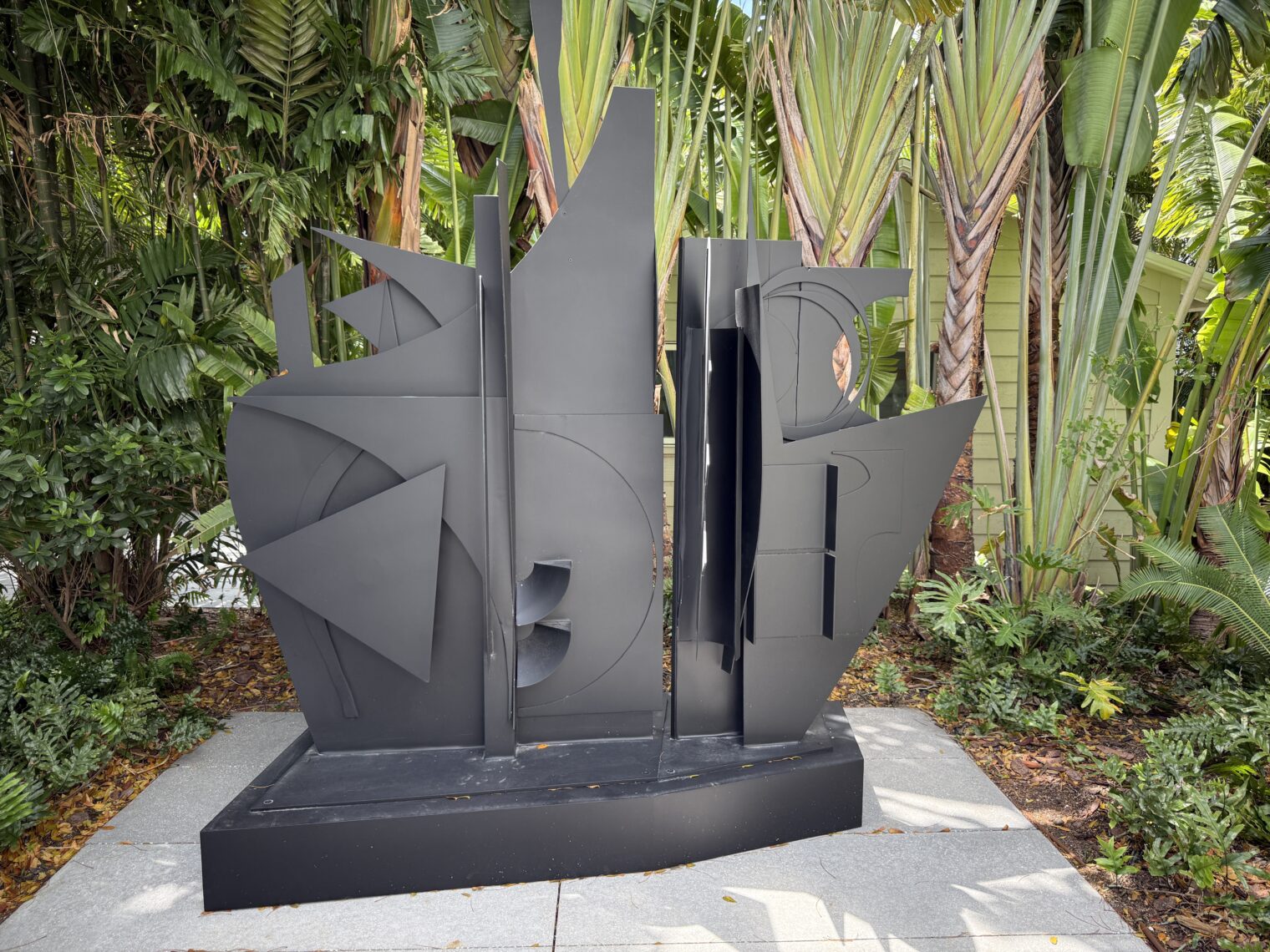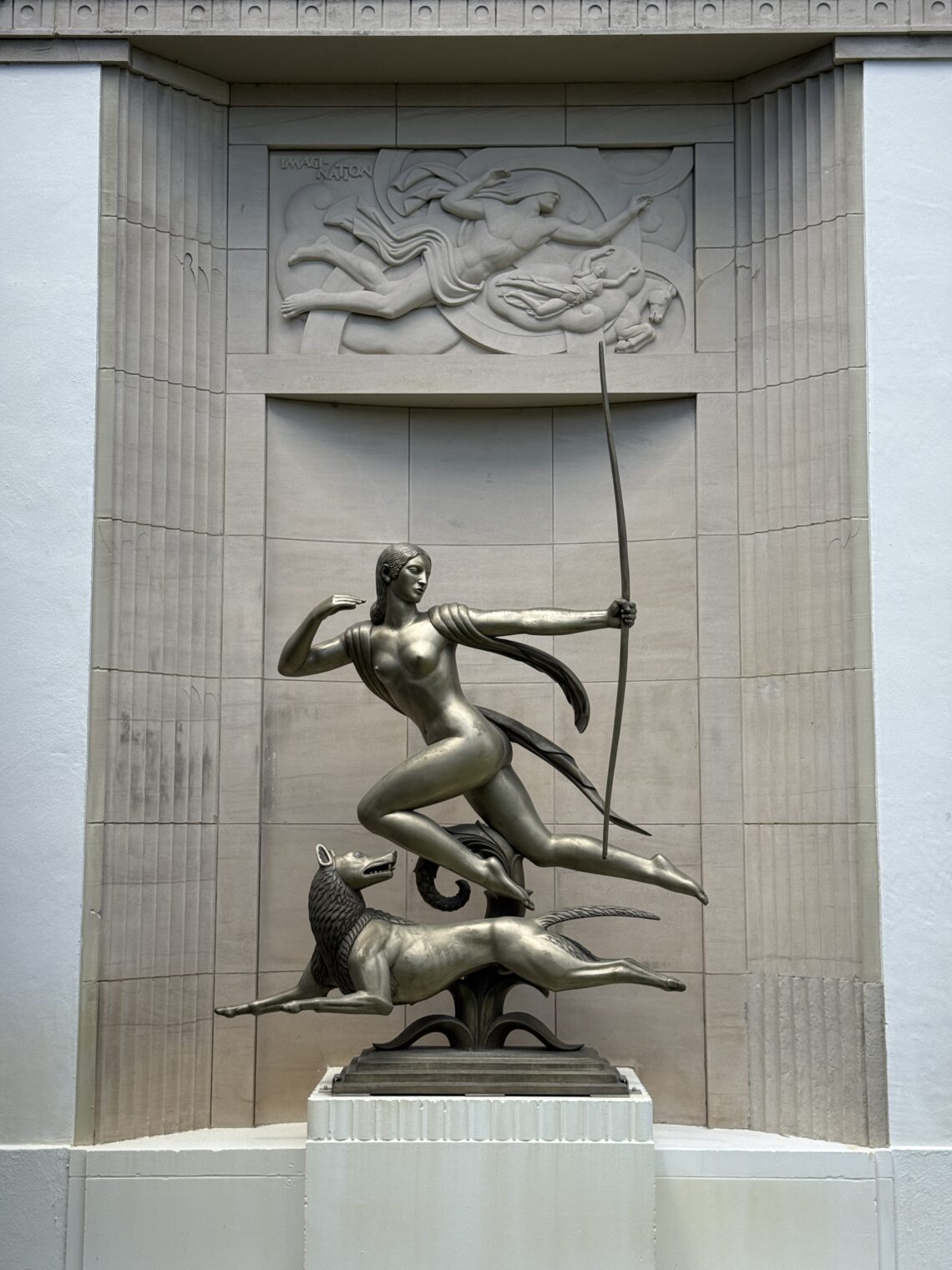The Muslim conquest of Persia, the latest chapter?
(Non-Arab) Iran has been in the news lately due to the country’s so-far-unsuccessful attempt to win the 1948 Arab League war against Israel (armies from Lebanon, Syria, Jordan, Iraq, and Egypt invaded while Saudi Arabia sent troops). Although the majority of the Arab belligerents of 1948 are still technically at war with Israel (Jordan and Egypt being the exceptions), they have mostly delegated the hard work of attacking Israel to Iran and its proxies. Could this be seen as a chapter in what Wikipedia calls “The Muslim conquest of Persia”?
As part of the early Muslim conquests, which were initiated by Muhammad in 622, the Rashidun Caliphate conquered the Sasanian Empire between 632 and 654. This event led to the decline of Zoroastrianism, which had been the official religion of Persia (or Iran) since the time of the Achaemenid Empire. The persecution of Zoroastrians by the early Muslims during and after this conflict prompted many of them to flee eastward to India, where they were granted refuge by various kings.
While Arabia was experiencing the rise of Islam in the 7th century, Persia was struggling with unprecedented levels of political, social, economic, and military weakness; the Sasanian army had greatly exhausted itself in the Byzantine–Sasanian War of 602–628. Following the execution of Sasanian shah Khosrow II in 628, Persia’s internal political stability began deteriorating at a rapid pace. Subsequently, ten new royal claimants were enthroned within the next four years. Shortly afterwards, Persia was further devastated by the Sasanian Interregnum, a large-scale civil war that began in 628 and resulted in the government’s decentralization by 632.
Amidst Persia’s turmoil, the first Rashidun invasion of Sasanian territory took place in 633, when the Rashidun army conquered parts of Asoristan, which was the Sasanians’ political and economic centre in Mesopotamia. Later, the regional Rashidun army commander Khalid ibn al-Walid was transferred to oversee the Muslim conquest of the Levant, and as the Rashidun army became increasingly focused on the Byzantine Empire, the newly conquered Mesopotamian territories were retaken by the Sasanian army. The second Rashidun invasion began in 636, under Sa’d ibn Abi Waqqas, when a key victory at the Battle of al-Qadisiyyah permanently ended all Sasanian control to the west of modern-day Iran. For the next six years, the Zagros Mountains, a natural barrier, marked the political boundary between the Rashidun Caliphate and the Sasanian Empire. In 642, Umar ibn al-Khattab, eight years into his reign as Islam’s second caliph, ordered a full-scale invasion of the rest of the Sasanian Empire. Directing the war from the city of Medina in Arabia, Umar’s quick conquest of Persia in a series of coordinated and multi-pronged attacks became his greatest triumph, contributing to his reputation as a great military and political strategist. In 644, however, he was assassinated by the Persian craftsman Abu Lu’lu’a Firuz, who had been captured by Rashidun troops and brought to Arabia as a slave.
The Persians had more than 4,000 years of history before the Muslim Conquest. They were peers to the Romans and Chinese. The Persians had their own language and religion (Zoroastrianism). Today they adhere to a religion developed by Arabs, are governed by a system developed by Arabs, need to learn Arabic to read their religious texts, and endure economic isolation as well as, recently, military attacks in order to participate in a fight started by Arabs.
Would it be fair, then, to say that Iran taking over the fight against Israel from Arabs is another chapter in the Muslim Conquest of Persia? Arab nations get all of the benefits of peace while still technically being at war with Israel. Iran suffers many of the hardships of war while still technically being at peace with Israel.
Separately, let’s check in with how Iran is doing. Elon Musk says that humans are going extinct. Let’s see how the modern-day Persians are trending in terms of population:
According to the World Bank, Iranians were rapidly getting wealthier when they decided to overthrow their Shah. They are slightly richer today, in nominal GDP, than they were when the Islamic Republic of Iran was established in 1979, a remarkable achievement considering that population has more than doubled over that time period and a lot of Iran’s wealth is derived from natural resources.
What about the Arab countries that have handed off their fight against the Jews to the Persians?
Loosely related, a sophisticated analysis of the Iran-Israel fight and its interaction with U.S. policy…
























